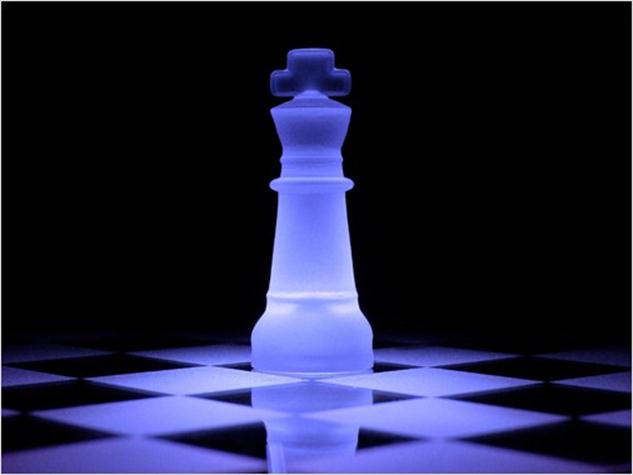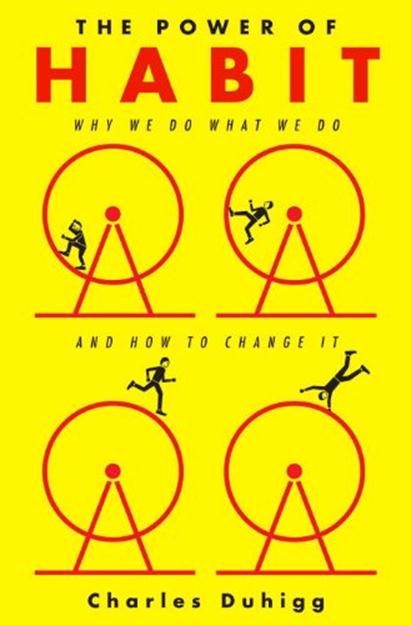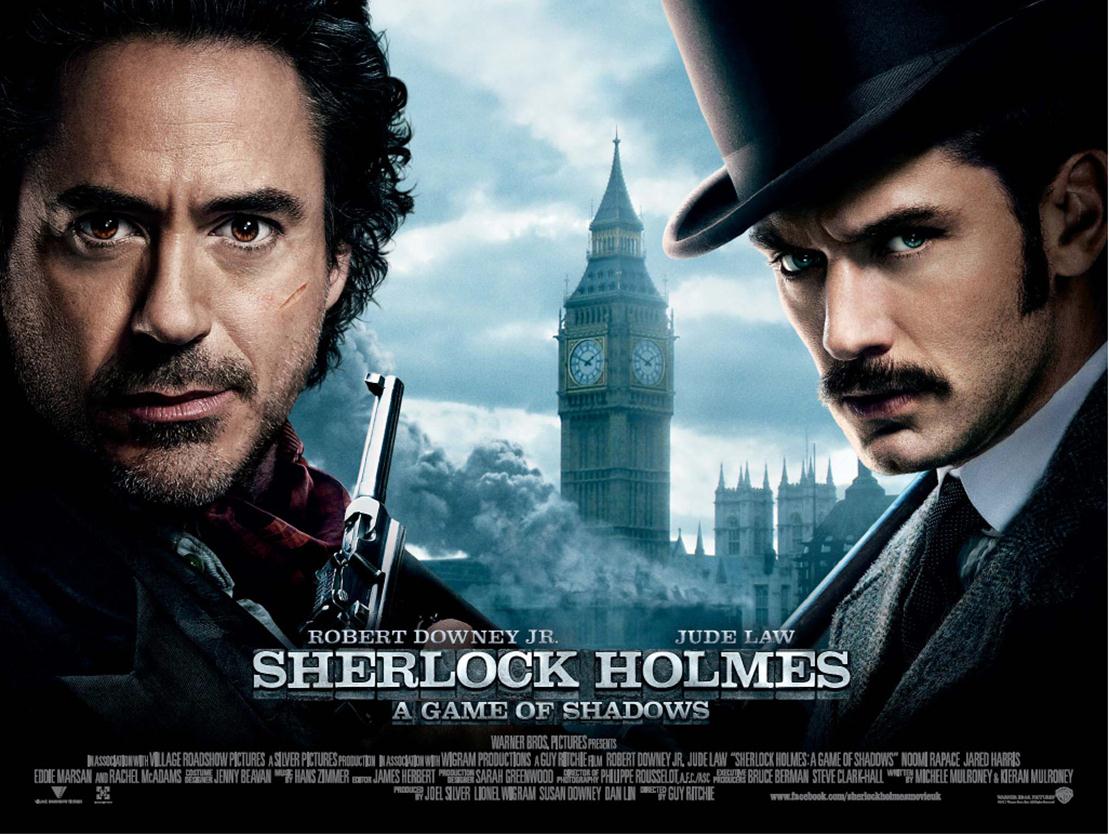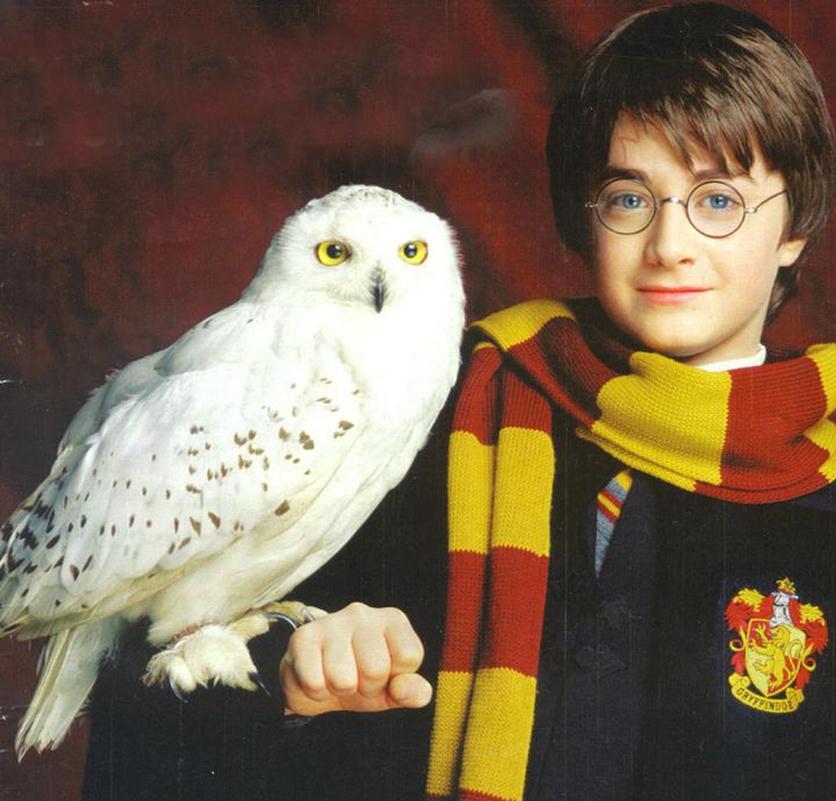Motorcycle Polo: The Future Of Sport?
May 24, 2012 in Daily Bulletin

Josh Kron reported on a rising craze in Rwanda: Motorcycle Polo. Details of the sport include:
- It’s like standard polo except you’re on motorbikes rather than horses.
- One person drives the motorcycle and is considered the real star, while the other sits in the back with a mallet and scores the goal.
- There are five player teams and 15 minute quarters that are broken up by beer breaks.
- The game has spread to Uganda.
- Drivers are paid $20 for an hour long game, and all damage sustained by motorcycles is paid for by organizers of the game.
To read about some of the rules of the game, how and when it originated, the rivalry between North and South United States, and a version of the game that was played in 1912 but was lost to history click here.
Source: New York Times
Via: Chris Blattman









Join the Discussion! (No Signup Required)